Sony FE 70-200mm F2.8 GM OSS II (SEL70200GM2) Review
Dustin Abbott
March 2nd, 2023
I just finished up reviewing the Sony 24-70mm F2.8 GM II (my review here). I looked at both of these new MK II GM lenses together because A) these two types of lenses will often be paired together by professional photographers (portrait or wedding photographers) and B) there are a lot of shared design philosophies in these two MK II zooms. And, like the 24-70mm F2.8 GM II, the new Sony FE 70-200mm F2.8 GM OSS II is the finest lens of its kind that I’ve used, with some clear advantages over competitors. One of the most obvious of those is the size and weight of the two zooms. According to Sony, the new 70-200 II (as we’ll call it for brevity in this review) is approximately 29% lighter than the previous model, and you can really feel it when using the lens. The lens feels smaller, though it really isn’t much smaller. This is just the beginning of the improvements, though, as the this Mark II lens has improved features, autofocus, and image quality performance. The G Master series is supposed to be the best, and Sony has worked to accomplish that here.
I love the 70-200mm zoom range, as it allows you to go from this at 70mm: to this framing at 200mm: When you combine this with a constant maximum aperture of F2.8, you can see why so many portrait, event photographers, and photojournalists value this combination of focal range and maximum aperture. This is an outstanding lens (as we will see), but price tag of $2800 USD may prove a prohibitively high bar for many photographers…particularly those who don’t earn a living from their photography. Is the new 70-200 II worth saving up for? You can either read on or watch my video review to find out!Follow Me @ YouTube | Patreon | Instagram | Facebook | DA Merchandise | Flickr | 500px
Thanks to Gentec (Sony’s Canadian Distributor) for sending me a loaner of the 24-70mm GM II and 70-200mm GM II. As always, this is a completely independent review. *The tests and most of the photos that I share as a part of my review cycle have been done with the Sony a7IV along with the Sony Alpha 1 which will serve as my benchmark camera for the foreseeable future (my review here).
Sony 70-200 II Build and Handling
As noted in the intro, one of the primary briefs with the MK II lens was to reduce the weight of the lens. As someone who has shot dozens of weddings and events with a 70-200 lens I can safely say that the difference in weight for this lens even vs the first generation lens could be a game changer. I’ve reviewed a 70-200mm F2.8 as heavy as 1800g (Sigma ART for Canon EF mount), so the 1045g of the 70-200 II feels pretty revolutionary. The light weight actually made me think the lens itself was miniaturized, as it just felt compact and lightweight for this class of lens. I was very surprised to find that the exterior dimensions were actually pretty similar between the MK 1 and MK 2 versions of the GM lens. Both lenses are essentially 88mm (3.45″) x 200mm (7.87″). Both sport a 77mm front filter thread. So how have they reduced the weight? Sony seems to attribute the weight loss to the more efficient (and lighter) XD focus motors along with revised materials in the barrel (extensive use of magnesium alloy). However they accomplished it, the results are impressive, as the lens feels very svelte and easy to bring along.
There are (surprisingly!) no direct competitors to the Sony lenses on the FE platform. Sigma has (thus far) elected to not bring a DN (mirrorless) version of their 70-200 Sport to market, and so the closest competing lens is the Tamron 70-180mm F2.8 VXD (my review here). The Tamron is smaller and lighter, but has next to no features, doesn’t have lens stabilization, and is an externally zooming design. It remains a good value alternative (only $1200 USD), but definitely lacks a lot of what the GM offers. Tamron does have another interesting alternative, though it is even less of an apples to apples comparison. That is the Tamron 35-150mm F2-F2.8 VXD (my review here). It combines portions of the traditional 24-70mm and 70-200mm ranges in one lens and is a really intriguing one lens solution for portrait, wedding, or event work. Again, not really a direct competitor, though the 35-150mm is closer to the GM in terms of features, build quality, and autofocus performance. Here’s a look at how those general specs compare:
The 70-200 II is now the lightest 70-200mm F2.8 zoom on the market, lighter even than Canon’s RF 70-200mm F2.8L IS. I prefer the Sony design, as while the Canon is more compact, it does so by being an externally zooming lens and one that does not function with teleconverters. That’s a serious liability, as the Sony 70-200 II is fully compatible with both the SEL14TC (1.4x) teleconverter along with the SEL20TX (2x) teleconverter. Pair it with the 1.4x TC and you have a maximum focal length of 280mm at F4 and 400mm at F5.6 using the 2x TC. I unfortunately did not have either TC on hand to test with during this review, but I hope to rectify that in the future.
Most users prefer the internally zooming design employed on the 70-200 II as it means that you can make very quick zoom adjustments with just a finger.
The number of aperture blades has increased from 9 to 11, which has become the new standard for Sony’s premium lenses. That makes for a nice looking aperture when peering inside the lens:
It also allows for a more effective performance in keeping the aperture shape round for shots with specular highlights. Here’s a look at F2.8, F4, and F5.6 respectively:
It’s also worth noting that the minimum focus distance has dropped from 96cm at 200mm to 82cm (you can focus as closely as 40cm at 70mm) and the maximum magnification figure has improved from 0.25x to 0.30x. Here’s what that looks like:
That’s a very high figure for this class of lens, and one more area where the Sony exceeds the Canon RF, as it only achieves a 0.23x magnification. Nikon’s Z mount 70-200mm (which I have not tested) is even lower at 0.20x. The high magnification of the Sony really adds to the versatility of the lens, particularly since it also is a higher performer up close:
This is a thoroughly weather sealed lens, with 21 internal seal points (by my count from the diagram below) along with a fluorine coating on the front element. That’s a very high number of seals and points to a professional grade lens.
Sony has upped their game in terms of the physical controls on the MK II lenses. They have added an aperture ring. This allows you some flexibility when controlling aperture, as you can choose to manually select aperture via the ring with clicks (at one third stop detents), to declick the aperture for aperture racking, or to switch over into automatic mode to control aperture from within the camera. Sony has added the “Iris Lock” switch similar to what Sigma has been implementing on recent lenses. This allows you to lock the lens in either manual or automatic aperture modes to make sure you don’t inadvertently switch between the two.
Sony has also included a total of 3 Focus Hold Buttons to allow one to easily fall to hand whether shooting in vertical or horizontal modes. This can be programmed to multiple functions from within the camera (my current preference is to control Eye AF so I can prioritize a certain eye).
There is an extensive bank of switches on the left side of the lens barrel. This starts with an AF/MF switch, following by an ON/OFF for the full time DMF (direct manual focus) function. I like this option, as one of my persistent complaints about Sony focus has been that sometimes it is very reluctant to focus on a close foreground object and focus stays “stuck” on a background subject. DMF allows me to quickly override that and pull focus forward, where typically autofocus will then focus without issue on my desired subject.
This is followed by a focus limiter, though with only two positions (Full and 3M to ∞). Autofocus is fast enough that you probably won’t need to use this very often. There are two OSS (Optical Steady Shot) related switches that come next: an ON/OFF switch along with 3 OSS modes (1 Standard | 2 Panning | 3 Active – prioritizes stabilization of image capture rather than viewfinder).
I looked for a while but was unable to find a rating for the OSS. It’s also impossible to separate the lens stabilization from the camera stabilization, so I can’t exactly point to what is doing what. Everything seemed to function fine, but I wasn’t wowed by the performance on my Alpha 1. I got about 1 in 5 shots nice and steady at 200mm and 1/8th of a second.
That’s between 4 and 5 stops of assistance…on an IBIS equipped body. I’ve seen more impressive performances than that (most notably the recent Sigma 60-600mm DN OS Sport lens). I compared at 150mm with the Tamron 35-150mm (which has no OSS) and I saw very little difference between the lens using both OSS and IBIS and the lens relying on just the IBIS. That was true when I tested for handheld video as well.
What’s the point? I’ve seen a number of reviews that state if you choose the Tamron 70-180mm, for example, you lose the OSS. That’s true, but I’m also not sure it makes a big difference if you have an IBIS-equipped camera. Also, the nature of having both lens and camera stabilization is it is impossible to choose one or the other or to measure what each system is doing. Canon will list a figure with only the lens IS and then with the IBIS/IS combination, but at best there’s 1-1.5 stops difference between the two figures, and, frankly, I’m not sure that I actually see that difference. There’s some grey area where it comes to how these two types of stabilization interact and how much benefit there is to having both. I don’t have the answers.
Now, to clarify, I’m not criticizing the OSS here in general. It seems to work fine, but I don’t think it is particularly impressive and that could be the reason why Sony doesn’t seem to be touting the effectiveness of the OSS here. For all practical purposes, however, you’ll get plenty of stability for using the lens handheld.
Very low down is the “iris lock” switch previously mentioned. The iris lock and click/declick buttons are located where they will be out of the way but there when needed. Neither of these are likely to be switches you are using on a daily basis, so I appreciate the design philosophy that keeps the more frequently used controls closer to hand.
The 70-200 II is an internally zooming lens, so the length stays constant and you don’t have to worry about anything like zoom creep. I hiked several times with the lens on just my standard Peak Design Slide Lite strap and found the lens comfortable to hike with due to the nice balance and light weight. With heavier lenses I will often attach one end of the strap to the tripod foot for easier balance (and less stress on the lens mount), but I found that removing the tripod foot allowed for a nicer ride next to my body and also reduced the weight a bit more. This is an easy lens to use handheld.
The tripod foot is easily removable via a tension knob and a button. The rest of the collar can be rotated (another tension knob handles that) but not removed. There are markings but not detents at the cardinal positions. I have only one real complaint here, and that is that the tripod foot is not Arca compatible, so you will have to add a quick release plate before mounting it on a tripod. On a positive note, you could put a quick release plate on the mounting point for the tripod foot (on the lens) even with the foot removed.
The zoom ring is the middle of the three rings (including the aperture ring), and it is ribbed and rubberized. It moves very smoothly in that unique way that externally zooming lenses can never quite match. Moving from 70-200mm is roughly 80° of rotation – quick and easy. The manual focus ring is located near the front of the lens. It is slightly narrower, has a similar finish, and is nicely damped. It’s not quite buttery smooth like a Zeiss manual focus lens, but the fast focus motors make sure there is no focus lag in this focus-by-wire configuration.
The newly designed lens hood features a locking mechanism along with a sliding “window” to allow you easy access to rotating a polarizing filter. I was initially excited when I first encountered this feature on the Canon EF 100-400L II telephoto lens, but I realized over the long haul that it was a feature I rarely used and I was sometimes annoyed over the window inadvertently being down quite often. Your feelings will probably vary depending on how often you use a polarizing filter. It also has a rubberized front surface that allows you to stand the lens on it.
Also included is a nice zippered and padded nylon case for transport. It’s those little details that up the premium feel of a lens even if you don’t use the case all that often.
The lighter lens is a much better balance for Sony’s smaller than average camera bodies. I really, really enjoyed using this lens and appreciated the excellent ergonomics and overall form factor of the lens. The only real downside here is the price, which is a formidable $2800 USD. The original 70-200 GM has now been discounted to $2000 USD, but the new 70-200 II is so much better in so many ways that I would probably recommend just saving a little longer and going for the new lens. The reality is that this price point is the current standard for these first party 70-200 F2.8 zooms, as both the Canon RF and Nikon Z equivalent lenses are similarly priced, and I would argue that the Sony has some intrinsic advantages over both of them. The high point of entry has always been challenging for this type of lens, and that has only become more true over time.
Sony 70-200mm F2.8 GM II Autofocus Performance
An area where Sony is able to create a distinct advantage for its lenses is in the realm of autofocus. Tamron has their quality VXD focus motor (which is a fast focus motor), but Sony has employed four!! XD (extreme dynamic) Linear Motors in the autofocus system here. Sony states that autofocus is up to 4x faster on the 70-200 II than what we saw on the original GM lens. Sony also limits their top burst speeds on their sports cameras like the Alpha 1 or a9 series to Sony lenses, so while I can get a full 30FPS with the 70-200 GM II and my Alpha 1, I would be limited to 15FPS when using the Tamron (or any other third party lens) on it. Those quad focus motors help assure that the 70-200 II can keep up with the high speed action.
I didn’t have a chance to shoot sports during my review period, but I had no problem getting shots of this squirrel as he popped up on a branch.
Ferrari and Nala were wrestling on the floor in a patch of sunlight, and I got a number of well focused moments during their furious battle:
This is a lens that is taking full advantage of focus points everywhere in the frame. I shot a sequence of Ferrari walking in fairly low light (I was shooting at ISO 3200) and he hugged the objects to his left (as cats will sometimes do), so I purposefully kept him on the edge of the frame. Despite fighting with too low of shutter speeds I could tell that the lens kept perfectly focused on his eye as he moved.
Portrait and wedding photography will be a breeze with this lens and a decent camera body. It reacts instantly to focus changes. Focus was nailed in a portrait session whether at further distances:
…or up close for head and shoulders:As noted earlier, the full time manual override does help when the camera/lens doesn’t want to focus up close. I used DMF to get focus in the right ballpark and then let the autofocus do the heavy lifting for this extremely shallow depth of field shot.
On the video front, video pulls are quick, quiet, and confident as you might expect with a first party Sony lens equipped with 4 focus motors. There is a fairly minimal amount of focus breathing (nothing extreme), and when I tested it on the a7IV and turned on the “Focus Breathing Compensation” setting there was a mild improvement. I would call the amount of focus breathing fairly good. The lens also performed well (as expected) in my “hand test”, quickly transitioning back to tracking my eye after I blocked visibility of my eyes with my hand towards the lens.
My general focus results were excellent. Focus is incredibly snappy and precise, and that allows the amazing optics to shine. Autofocus accuracy is clearly improved over the first generation lens.
Bottom line is that we have a top notch focus system here that is able to keep up with the most demanding photography or video scenarios.
Sony 70-200 II Image Quality
The optical formula in the MK II is 17 elements in 14 groups with a lot of those elements being exotic glass, including 1 Extreme Aspherical (XA) lens, 1 Aspherical lenses, 3 ED (extra low dispersion) elements, and two Super ED elements. That’s a lot of expensive glass in there, but the byproduct is that we have a very strong optical performance across the frame, with near perfect results in the center of the frame and a strong corner performance even at F2.8. The 200mm telephoto end shows a particularly impressive MTF performance.
First party lenses tend to be better at masking certain optical flaws due to more robust profile support, but I also pull back the curtain and look at vignette and distortion without electronic assistance. In this case there is very little to hide. I saw next to no distortion that needed correcting at 70mm (-1) and just about a stop of vignette (+29 to correct). The typical correction profile either in camera or in software doesn’t have much to do.The pincushion distortion grows by 200mm (requiring a -5 to correct), but it remains very linear and easy to correct. Vignette stays very minimal at just a +24 to correct it.
This is a lens that you could actually get away with having uncorrected results. That’s a fantastic performance.I was unable to coax much LoCA (longitudinal chromatic aberrations) out of the lens either using a chart or with real world objects. This is an extremely well corrected lens.
I saw no measurable lateral CA (LaCA) on either my test chart or in real world images. Everything is coming up aces thus far. This is a fantastic performance.So how about resolution? Here’s a look at my standard test chart that the following crops will be taken from:
And here are 70mm crops from across the frame (center, mid-frame, and extreme corner) at F2.8. These are taken on the 50MP Sony Alpha 1 and shown at around 170% magnification: You can see that the center performance is fabulous, the midframe is excellent, and the corners are excellent until essentially the last percentage or so when they soften a little. There’s plenty of resolution for any kind of photography.When a lens is this sharp to begin with, there isn’t a lot of room for further improvement (at least in the center and midframe), though I do see some further improvement in the corners when stopping down to smaller apertures.
Very small apertures are generally to be avoided with high resolution cameras, and that’s the case here. Minimum aperture across the zoom range is F22, but diffraction has severely compromised image quality by F22, so I wouldn’t recommend going any smaller than F11 if at all possible. Moving on to 100mm finds image quality actually improving. I see slightly more detail and better contrast all across the frame: Stopping down to F4 and F5.6 further improves contrast across the frame to nothing short of exceptional levels.I found the performance to be even better at 135mm. The image seems a little bright (better contrast and light transmission) with the same settings, and I could see just a little more detail across the frame:
Here’s a real world result that shows that detail is just as excellent as we’ve come to expect in this optical test: The contrast in and delineation of the fine details in the fur is just amazing…and that’s in the midst of the cats rolling around in motion, not some staged shot with a static subject. While I think that the 135mm range is ever so slightly the pinnacle of the optical performance, 200mm is so close as to be nearly indistinguishable. I poured across my results at 200% magnification and felt that 135mm had just the tiniest bit more “sparkle”, but I’m not sure you could ever detect it except for under those extreme conditions. You can see from this comparison just how sharp it is both in the center and in the corner of the frame. I would easily argue that 200mm is the most important focal length in this zoom range. It will be used for close up work, will be the most commonly used focal length when a teleconverter is attached, and in many event situations will be the most used focal length to pull a subject close to the camera. I’ve reviewed a number of 70-200mm zooms that faded a bit at the end of the range, and they were generally just a little less useful as a byproduct. That is certainly NOT the case here, and this lens will be a joy to use at the extremes. Look at how amazing the detail is on this oak leaf at 200mm, F2.8: How about this squirrel? It is rare to find a lens that delivers such detail on a high resolution body, but the 70-200 II passes the test with flying colors. Yes, there’s even more sharpness and contrast if you stop the lens down, but realistically you can just use aperture more for controlling depth of field. You’ll get all the sharpness and contrast you’ll ever need right from F2.8 on.I will pause for a moment to note that it is rare in my experience for zooms to be so consistent throughout the zoom range. There’s almost always a dip somewhere, be it in the middle of the zoom range or at the telephoto end. That just isn’t the case here. The optical performance is consistently good throughout the zoom range.
You might also note from our last couple of shots that the bokeh is also very nice. It is smooth and creamy and handles the transition areas in these shots very well. The high magnification means that it is easy to completely blur out a background, like here:
But the quality of the blur was also good at medium distances, too. The 70-200 II was also to handle bright lights with minimal flare issues. There’s little loss of contrast and just a mild ghosting pattern. The stopped down shot (at F11) shows off the very nice 22 pointed sunstar: All in all this is a really, really strong performance optically. The fact that Sony was able to shrink the lens’ weight, add more features, and also improve the image quality is very, very impressive. In times past optical improvements almost always meant a bigger, heavier lenses. I’m delighted that we have a reached a place where that is no longer true. If you’d like to see more photos, feel free to check out the image gallery here.Conclusion
I review a lot of lenses. I own a lot of lenses. Most of the time it is a relief to return loaned gear because it clears space on my desk for the next project(s) and means that I’ve finished a job. Every now and then, however, there’s a piece of gear that is so special that I’m sad to pack it up. That’s how I feel about the Sony FE 70-200mm F2.8 GM OSS II. This is one of those lenses that is so good that not owning it is going to gnaw at me a bit. Many times lenses force you to compromise – to choose one set of strengths while accepting weaknesses as a part of the package. The only downside you have to accept here is the price, but otherwise the 70-200 II is nothing short of exceptional.
The number of alternatives is surprisingly brief. The original Sony 70-200mm GM can be had for about $2000. If you can deal with a shorter zoom range and a few less features, the Tamron 70-180mm F2.8 VXD is the value alternative at $1200 USD. And that’s pretty much it, unless you’re considering an F4 alternative in the form of the Sony 70-200mm F4 G OSS at $1500 USD. The new GM II model is head and shoulders above all of these options.
GM lenses are supposed to be the best, the “no compromise” option. That’s true here. There isn’t a finer fast telephoto zoom on the Sony platform than the Sony FE 70-200mm F2.8 GM OSS II, and I can also attest to this being the finest 70-200mm F2.8 zoom I’ve tested on any platform. If you’ve got the money and are in the market for the best 70-200mm F2.8 option, then go GM. This is the new gold standard for every other fast telephoto zoom to aspire to.
Pros:
- 29% lighter than the MK 1 lens, and it makes a huge difference
- The most feature rich lens of its kind I’ve ever tested
- Great build quality and weather sealing
- Fantastic autofocus from the quad focus motors
- Full compatibility with teleconverters
- Exceptional resolution and contrast throughout the zoom range
- Nice bokeh
- Relatively low distortion and vignette
- High magnification figure and good up close performance
- Good flare resistance
Cons:
- Very expensive
- Tripod foot not Arca-compatible
- OSS doesn’t seem overly impressive
Purchase the Sony 70-200mm F2.8 GM II @ B&H Photo | Amazon | Camera Canada | Amazon Canada | Amazon UK | Used at KEH
Purchase the Sony 24-70mm F2.8 GM II @ B&H Photo | Amazon | Camera Canada | Amazon Canada | Amazon UK | Used at KEH
Purchase the Sony a7RV @ B&H Photo | Amazon | Camera Canada | Amazon Canada | Amazon UK
Purchase the Sony a7IV @ B&H Photo | Amazon | Camera Canada | Amazon Canada | Amazon UK | Amazon Germany
Purchase the Sony Alpha 1 @ Camera Canada | B&H Photo | Amazon | Amazon Canada | Amazon UK | Amazon Germany | Ebay
Purchase a Sony a9M2 @ B&H Photo | Amazon | Camera Canada | Amazon Canada | Amazon UK | Amazon Germany | Ebay
Want to support this channel? Use these affiliate links to shop at: B&H Photo | Amazon | | Camera Canada | Ebay | Make a donation via Paypal
Buy DA Merchandise https://bit.ly/TWIMerch
Peak Design Leash Strap: Peak Design Store | B&H Photo | Amazon | Amazon Canada | Amazon UK
Adobe Photoshop Creative Cloud 1-Year Subscription
Get a discount off all Skylum Editing Software (Luminar, Aurora HDR, AirMagic) by using code DUSTINHDR at checkout:
Visit Dustin’s Amazon Storefront and see his favorite gear
Purchasing your gear through B&H and these links helps fund this website and keeps the articles coming. You can also make a donation here if you would like. Visit my Amazon page for some of my gear of choice! Thank you for your support.
Purchasing your gear through B&H and these links helps fund this website and keeps the articles coming. You can also make a donation here if you would like. Visit my Amazon page for some of my gear of choice! Thank you for your support.
Receive a 5% discount on all purchases at Amplis Foto, Canada’s Leading Photographic Supplier. Please enter discount code: AMPLIS52018DA in your cart. It is good for everything in your cart, and is stackable with other coupons, too! It will take 5% off your entire order! Proceeds go towards keeping this site going and providing you with new reviews!
Use Code “DUSTINHDR” to get $10 off ($15 CDN) any Skylum product: Luminar, Aurora, or AirMagic
Keywords: Sony 70-200mm F2.8 GM II, Sony 70-200 GM II, Sony 70-200, GM, II, SEL70200GM2, Sony 70-200 II Review, GM II Review, G Master, Review, Telephoto, Action, Tracking, Hands On, Dustin Abbott, Real World, Comparison, Sharpness, Bokeh, Flare Resistance, Autofocus, Image Quality, Sample Images, Video, Photography, Sony a9, sony a7RV, Sony a7R 5, sony a7RIV, a9II, Sony Alpha 1, Sony A1 let the light in, #letthelightin
DISCLAIMER: This article and description contains affiliate links, which means that if you click on one of the product links, I’ll receive a small commission. As an Amazon Associate I earn from qualifying purchases.














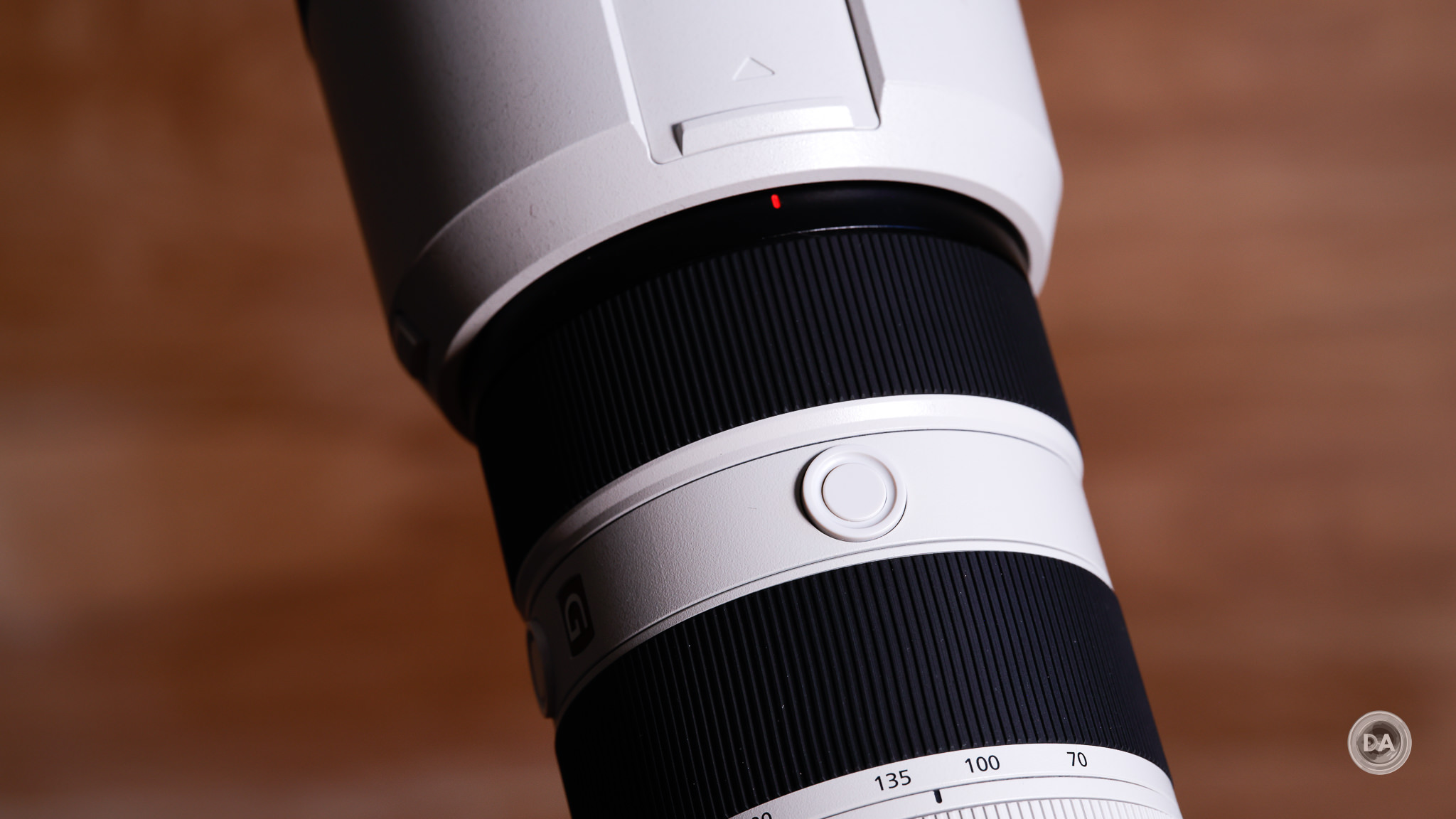
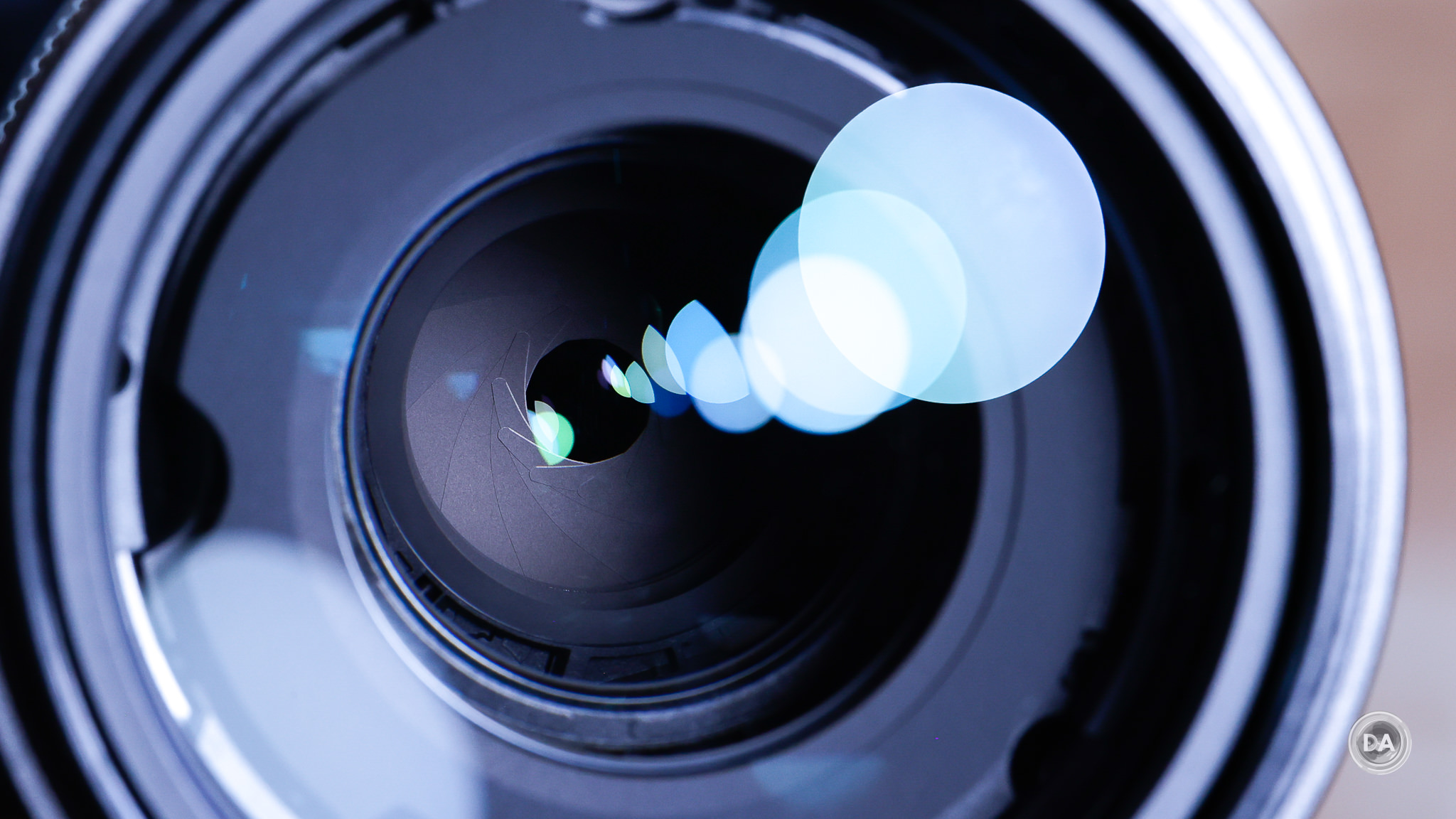





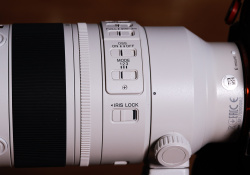

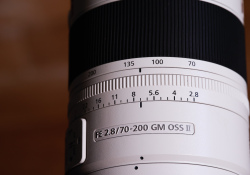
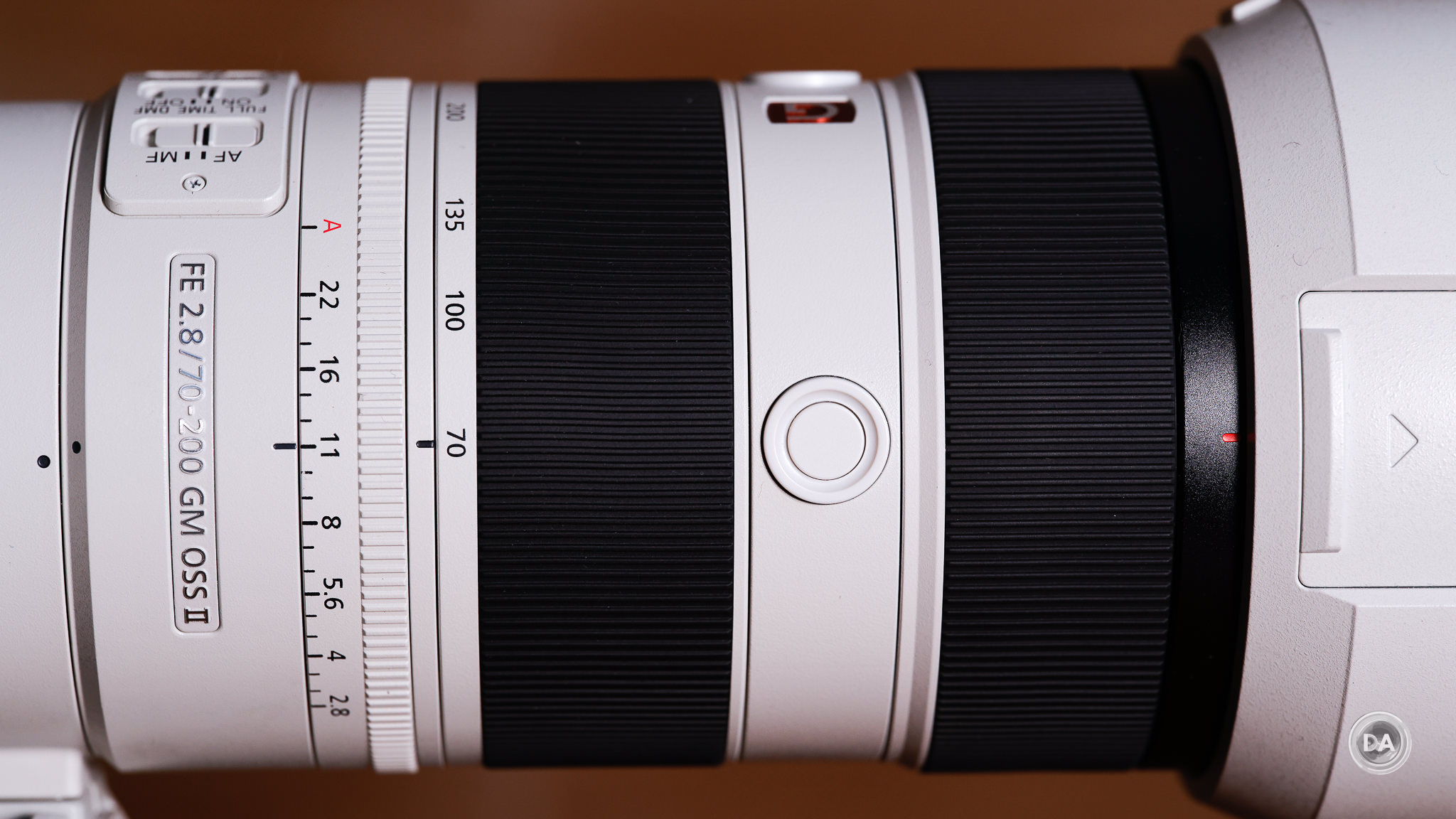
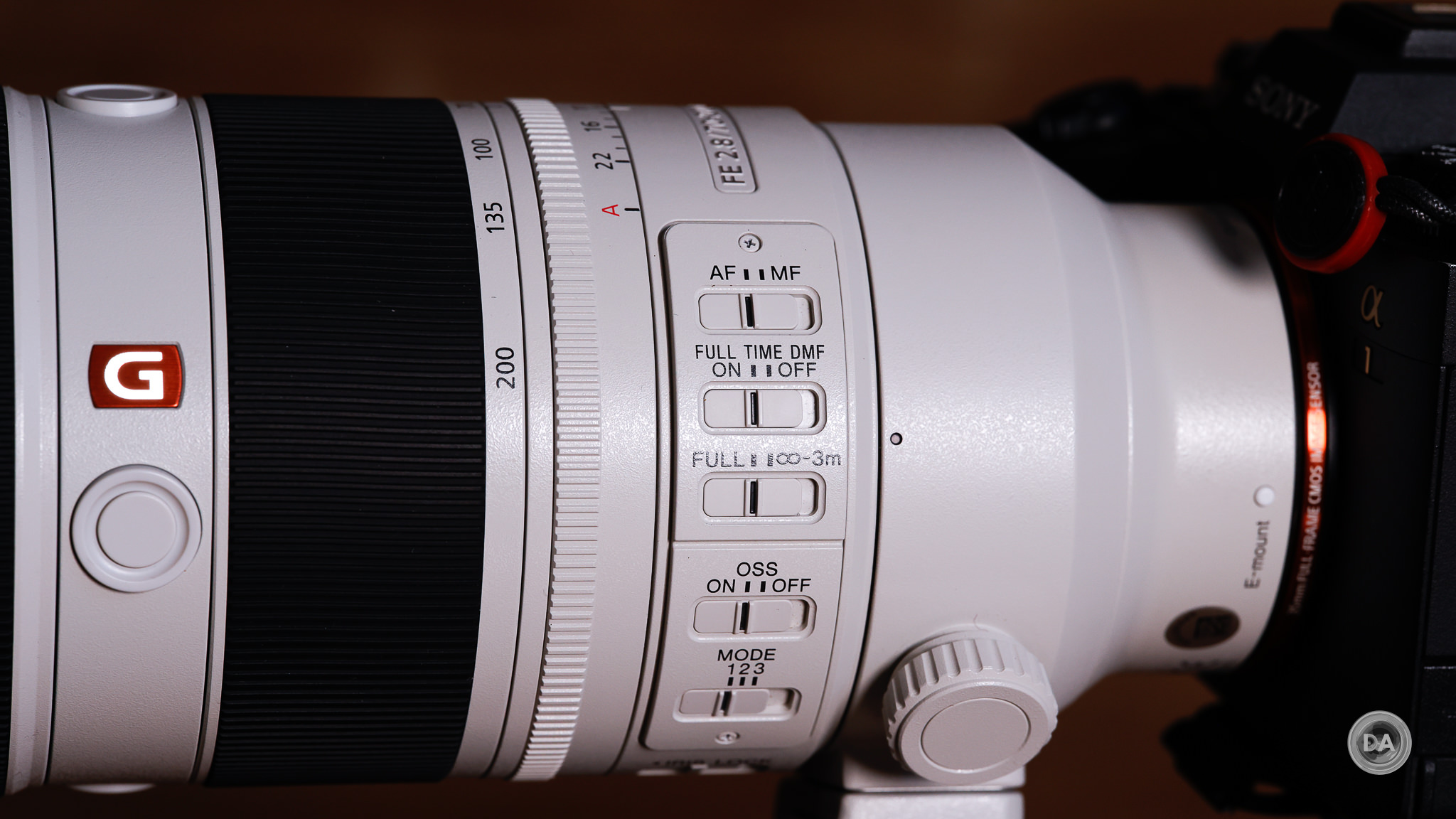
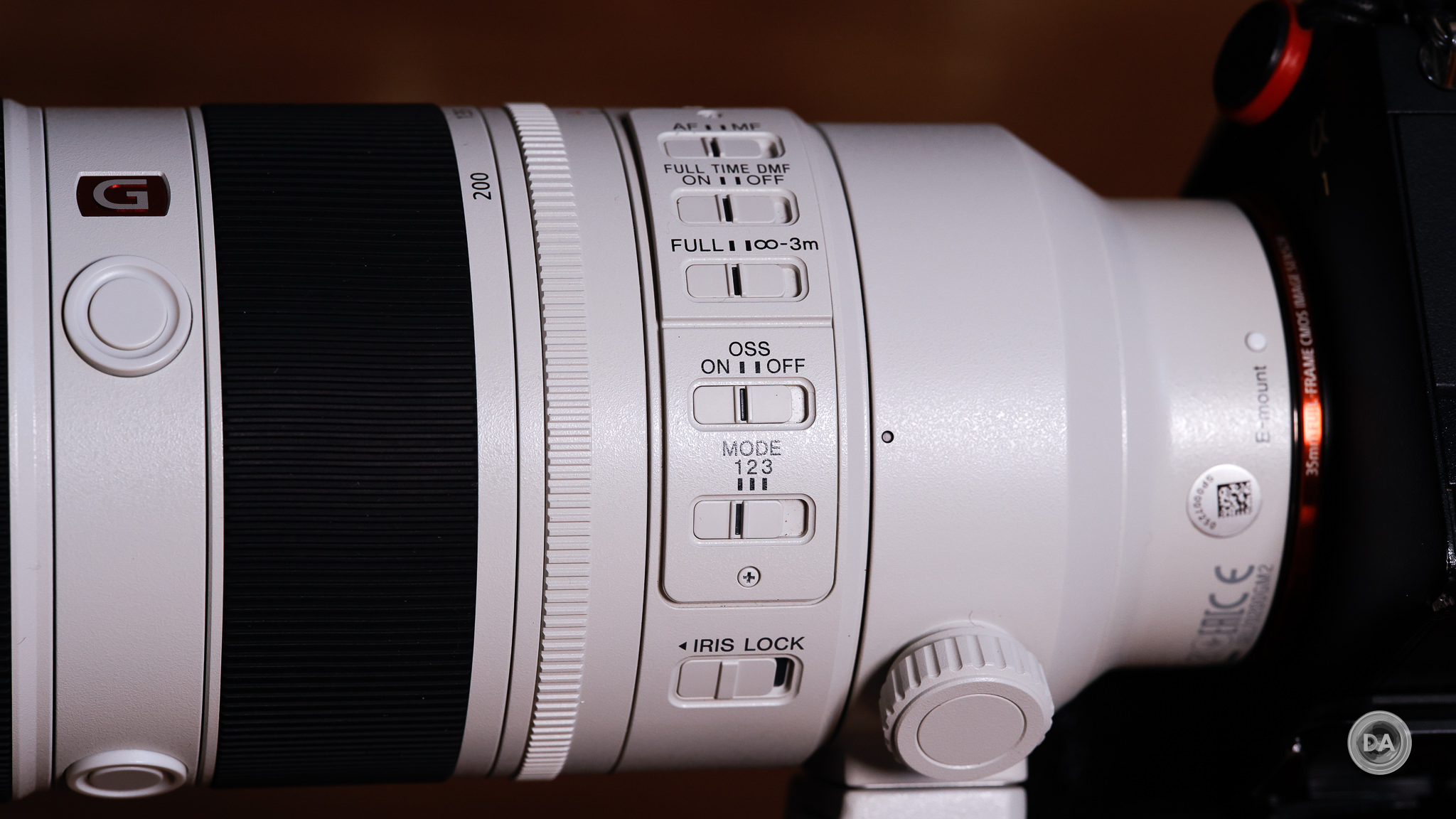


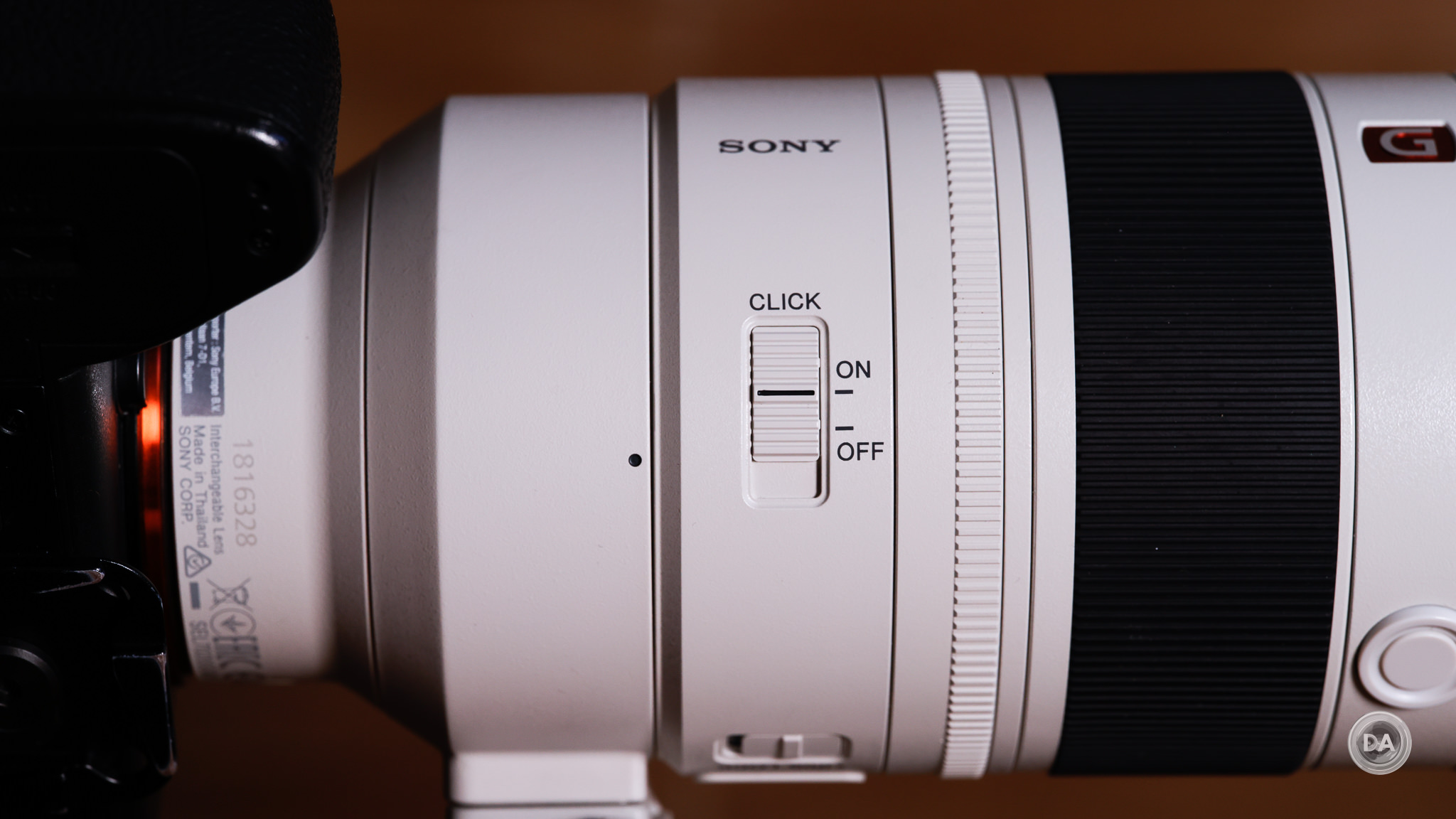
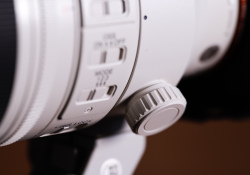
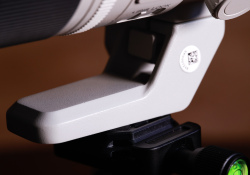

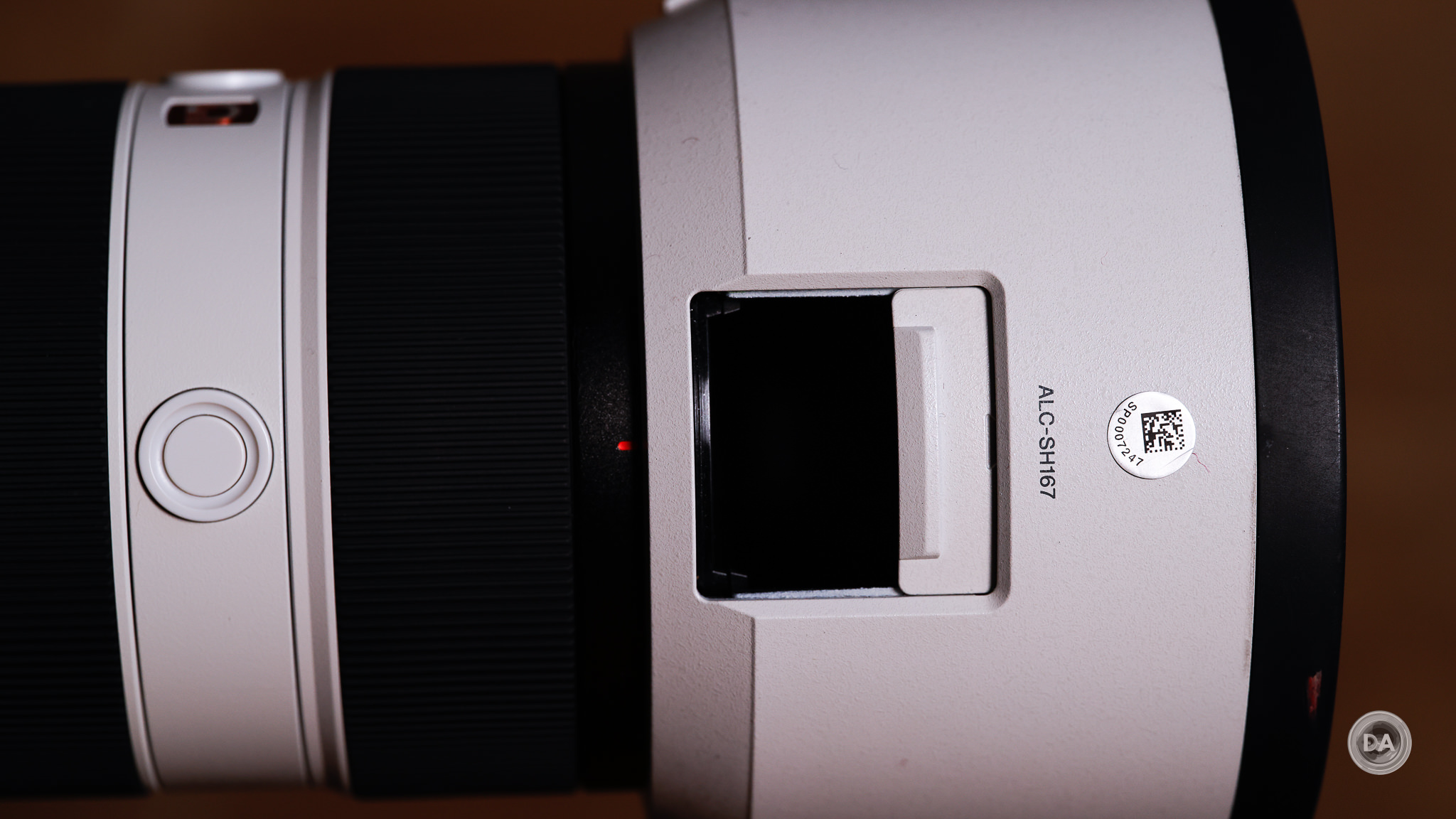
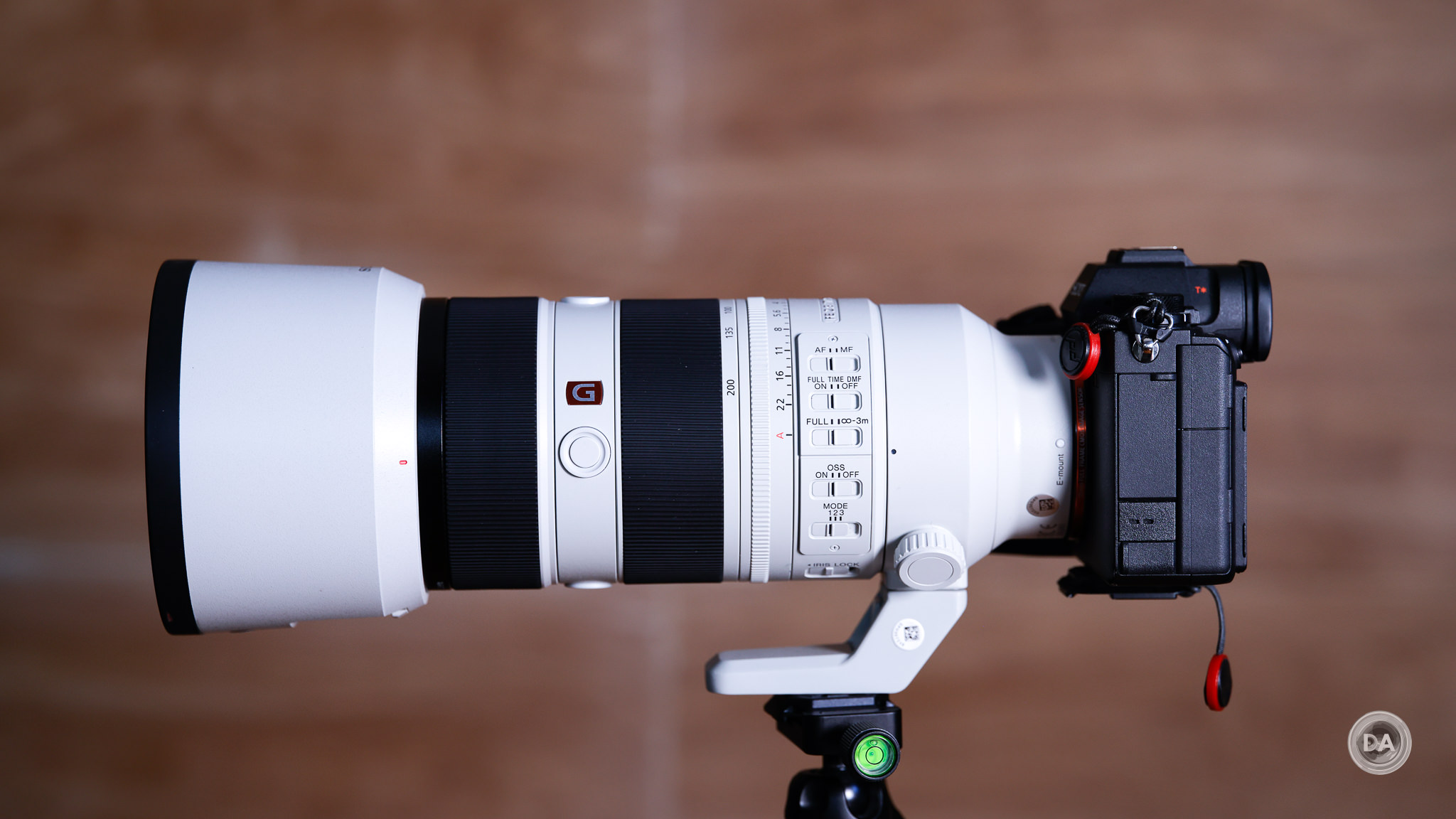









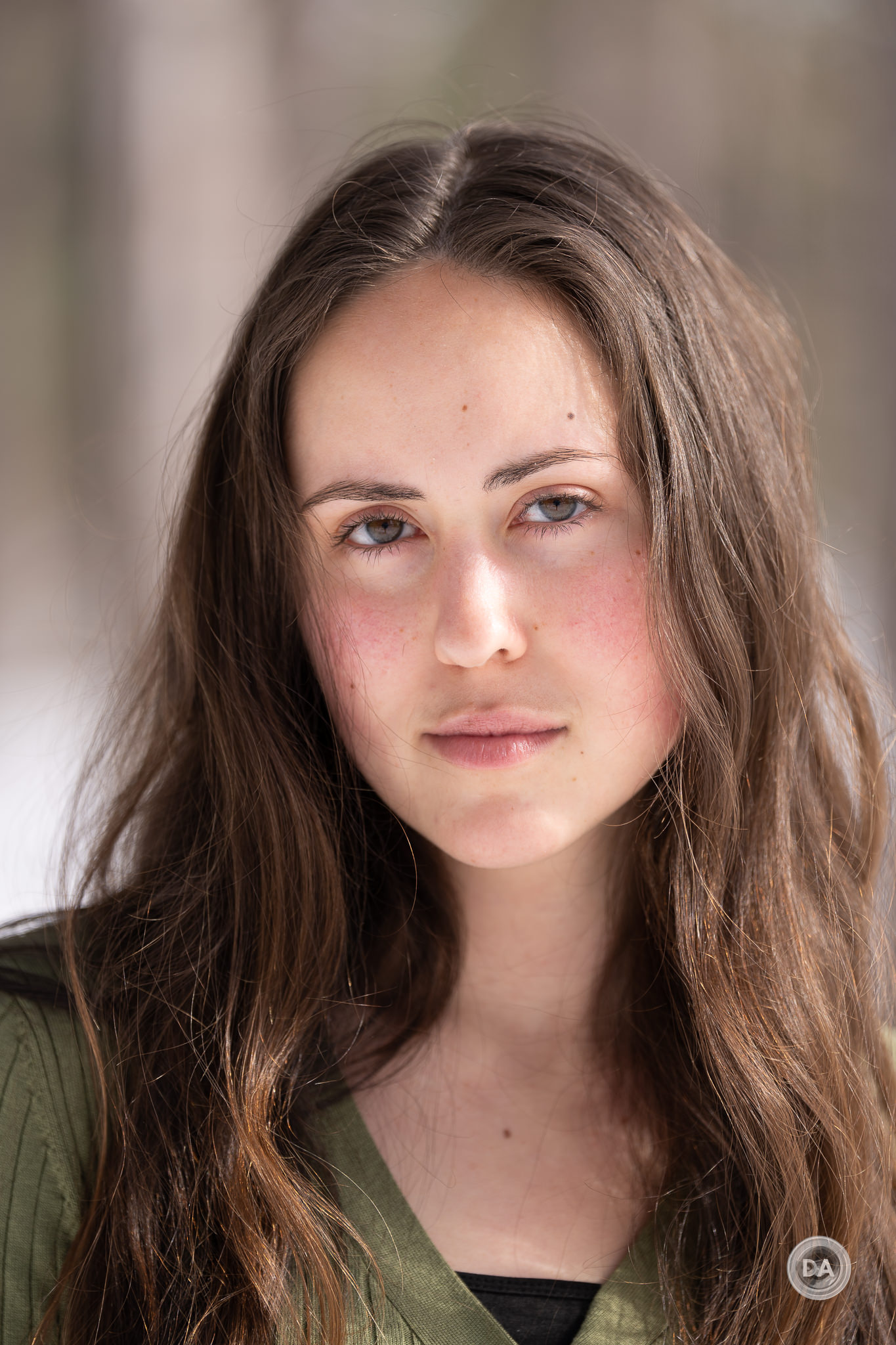

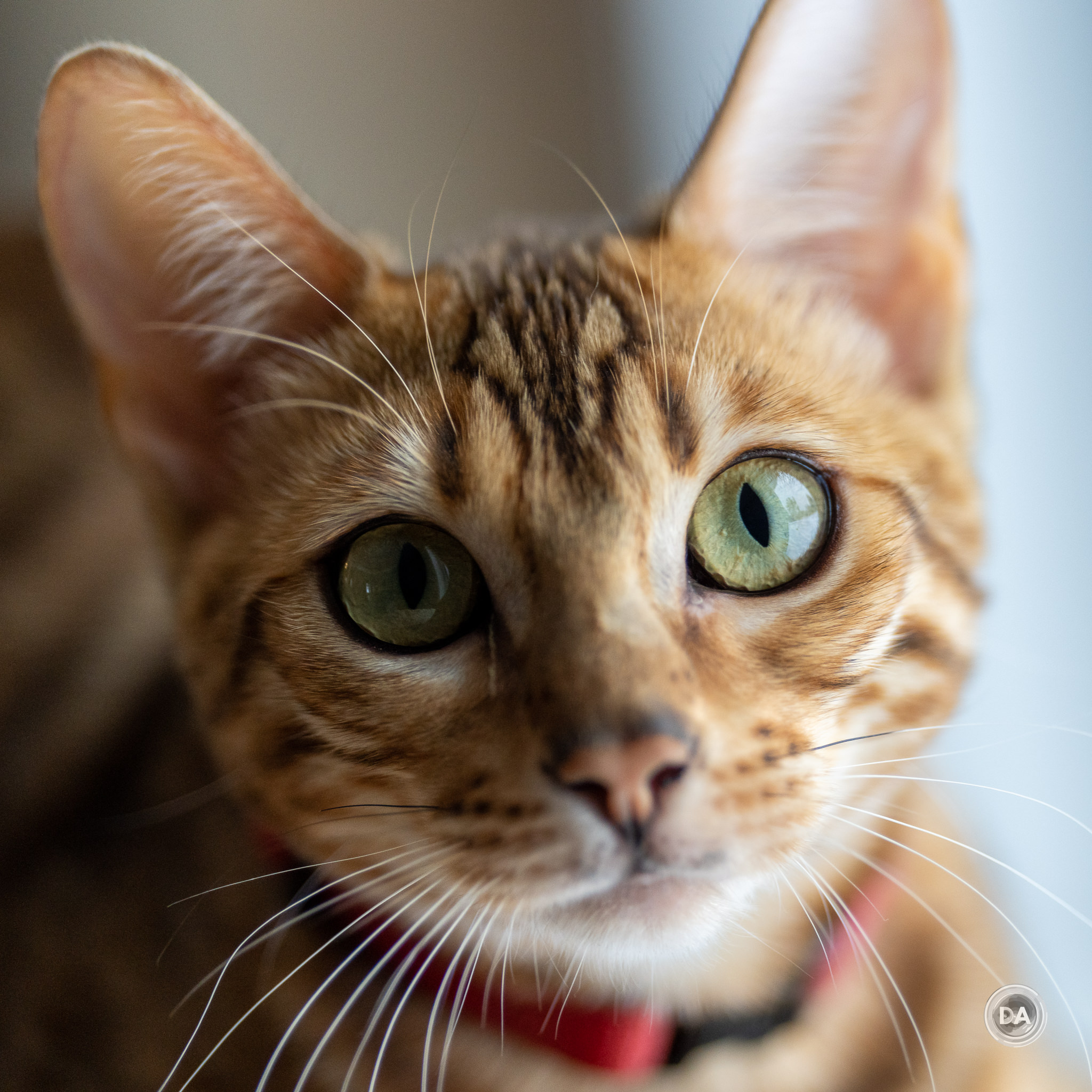
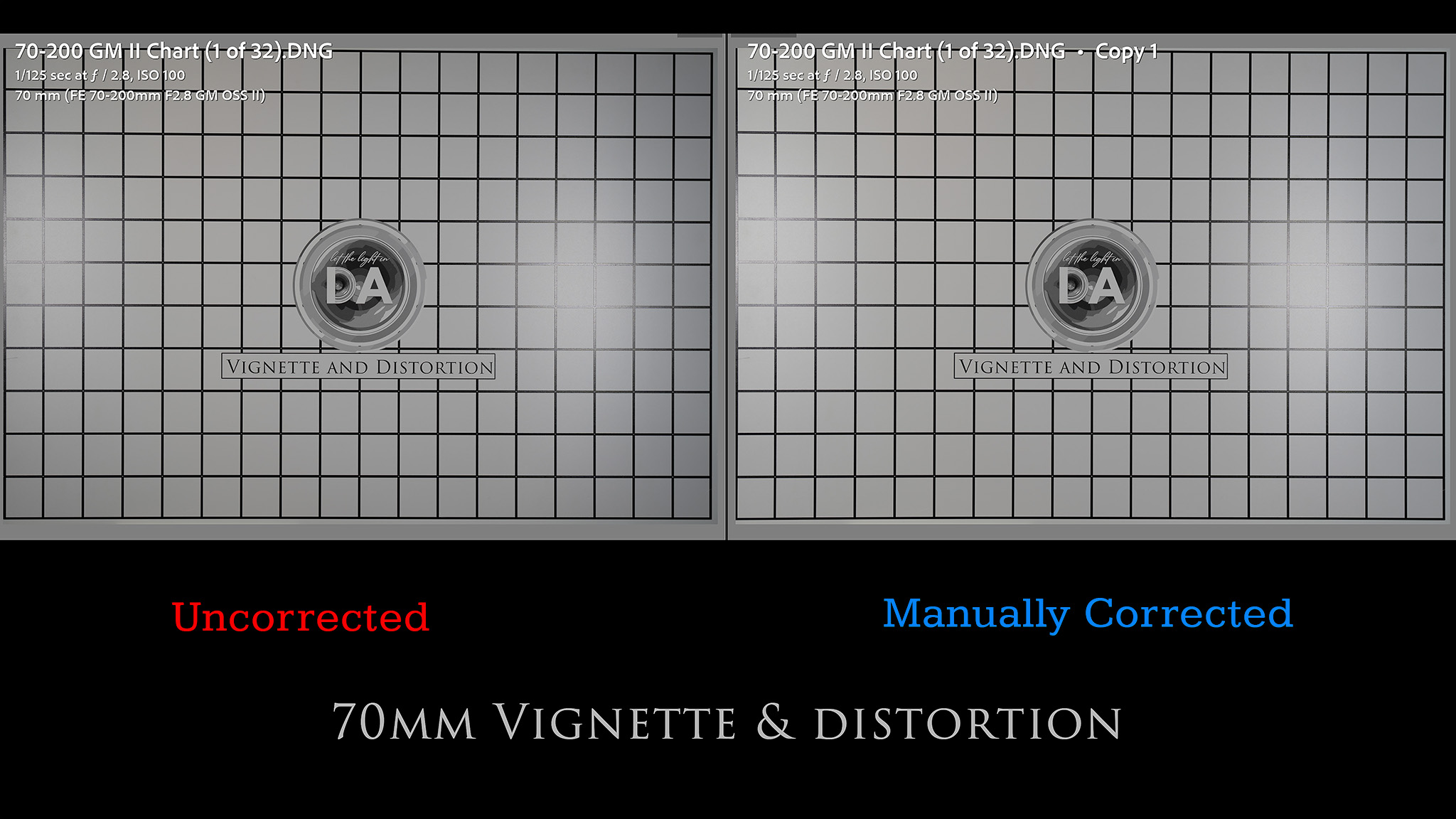
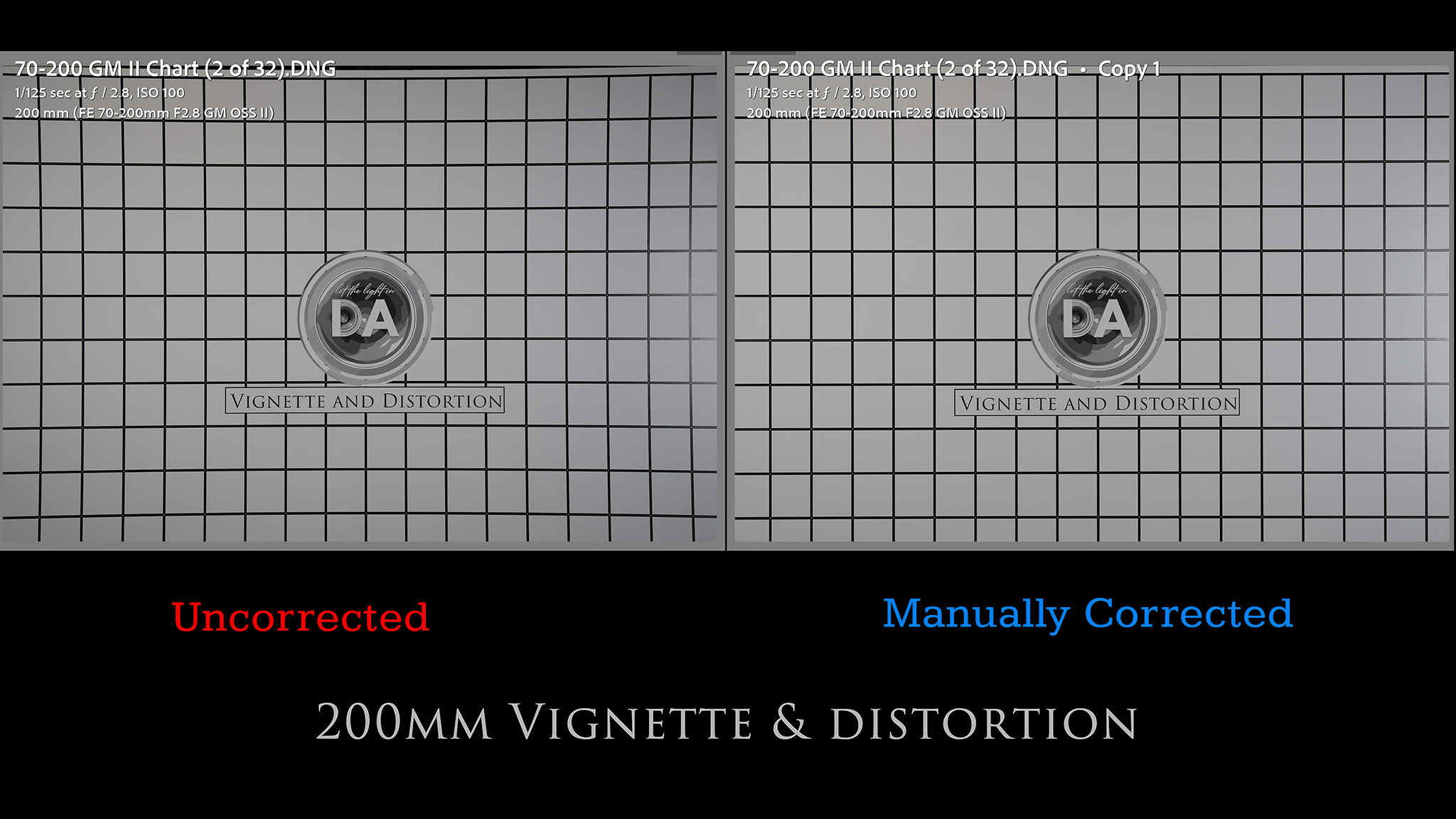
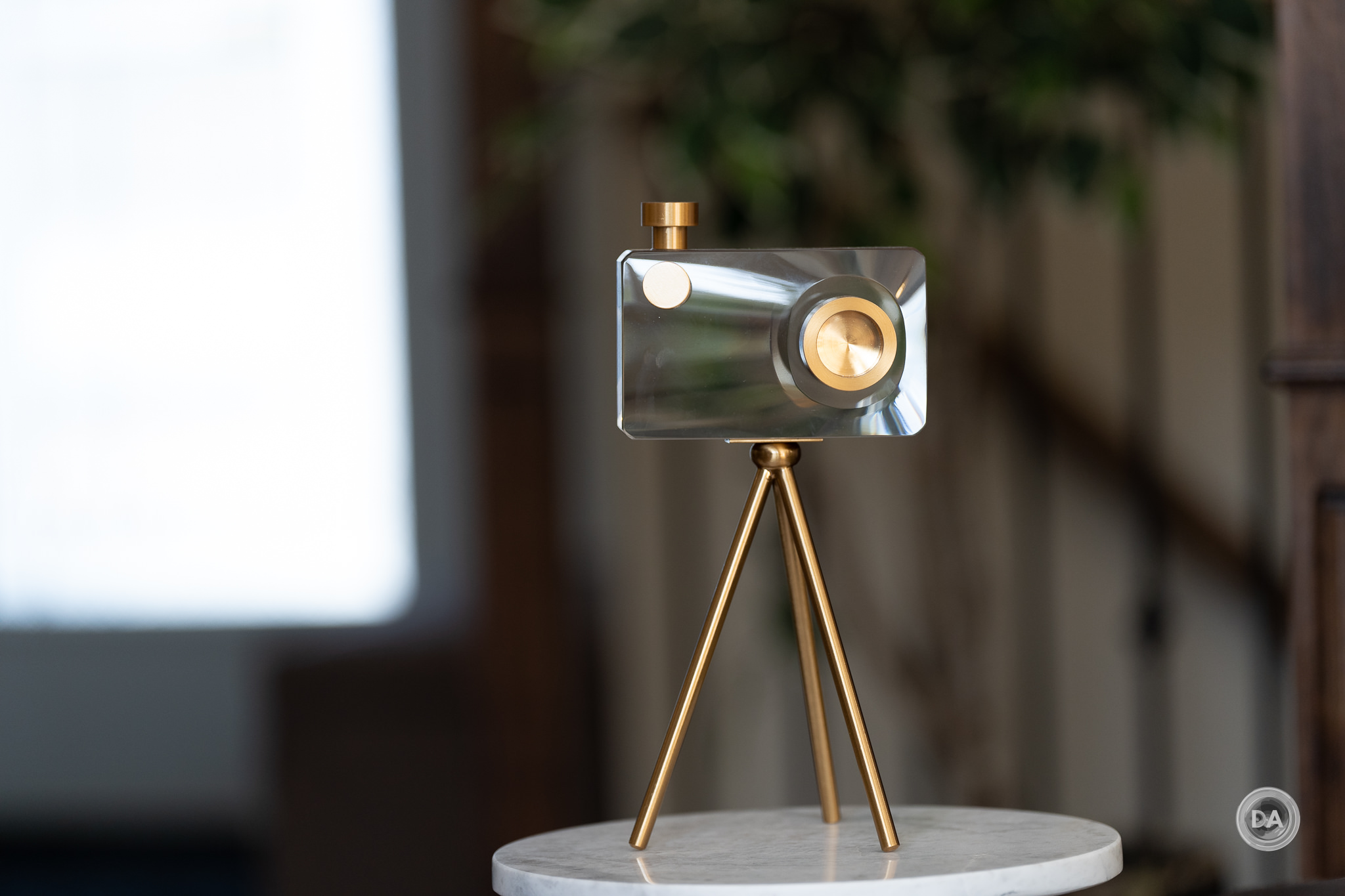
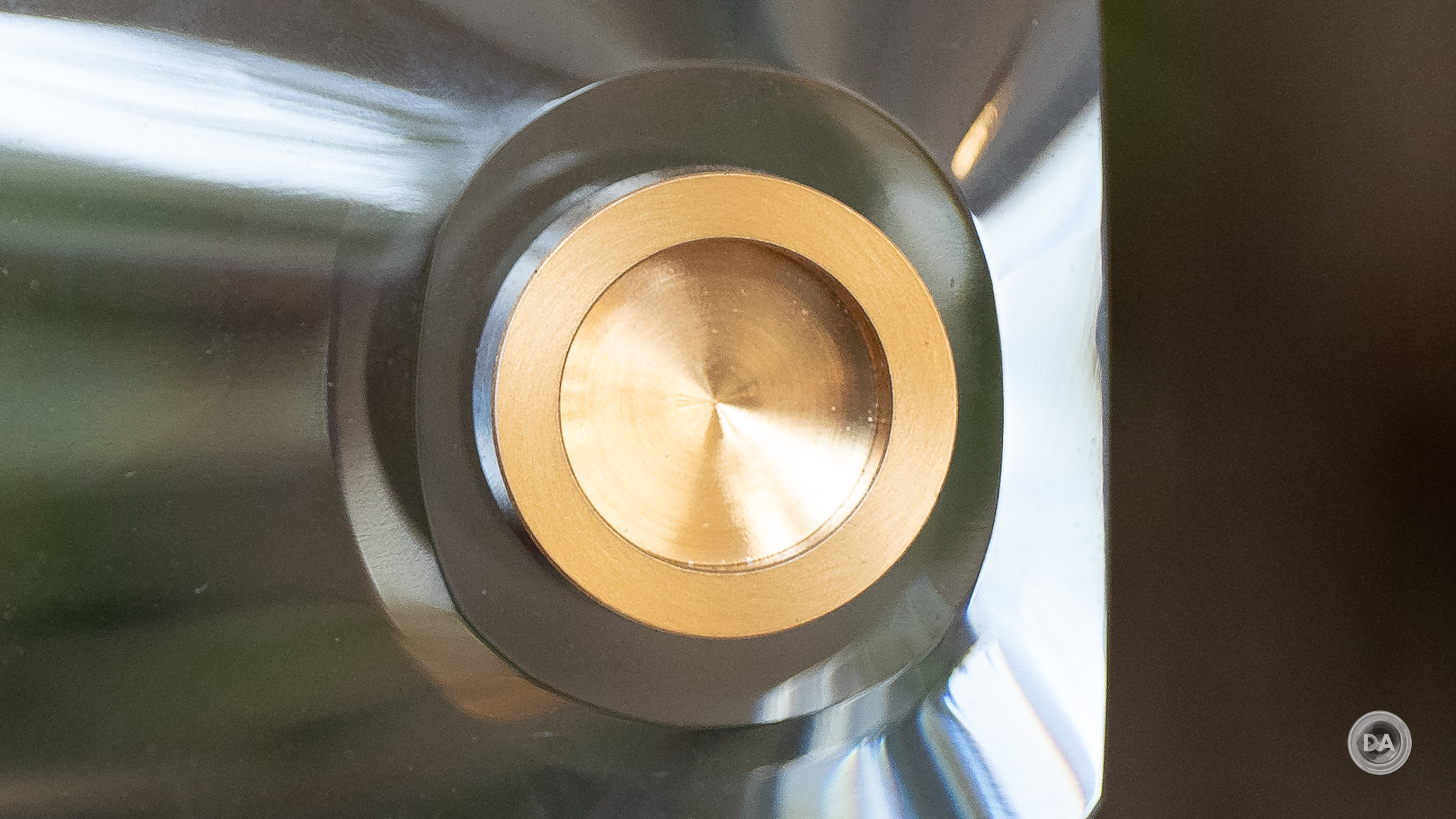
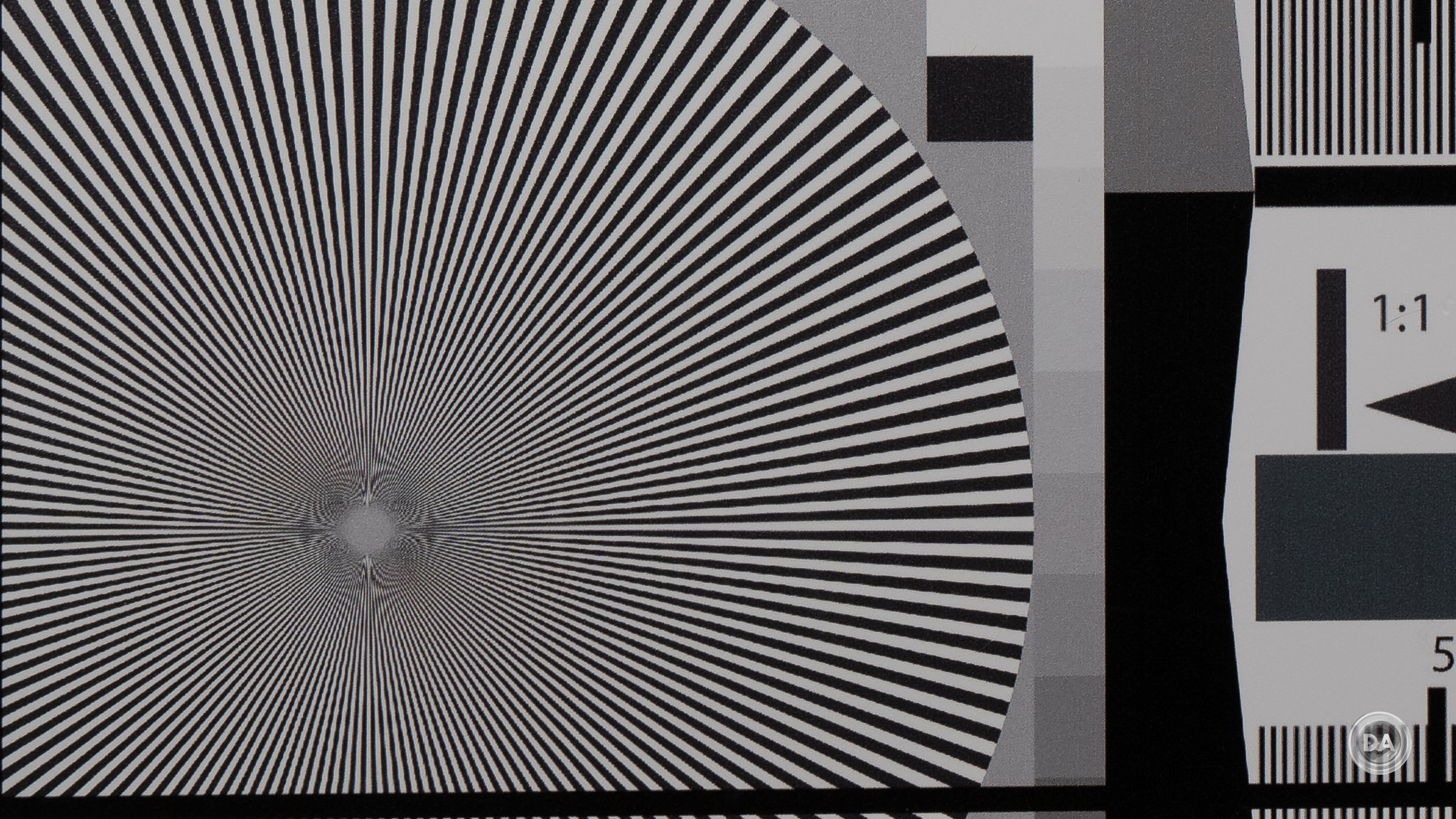
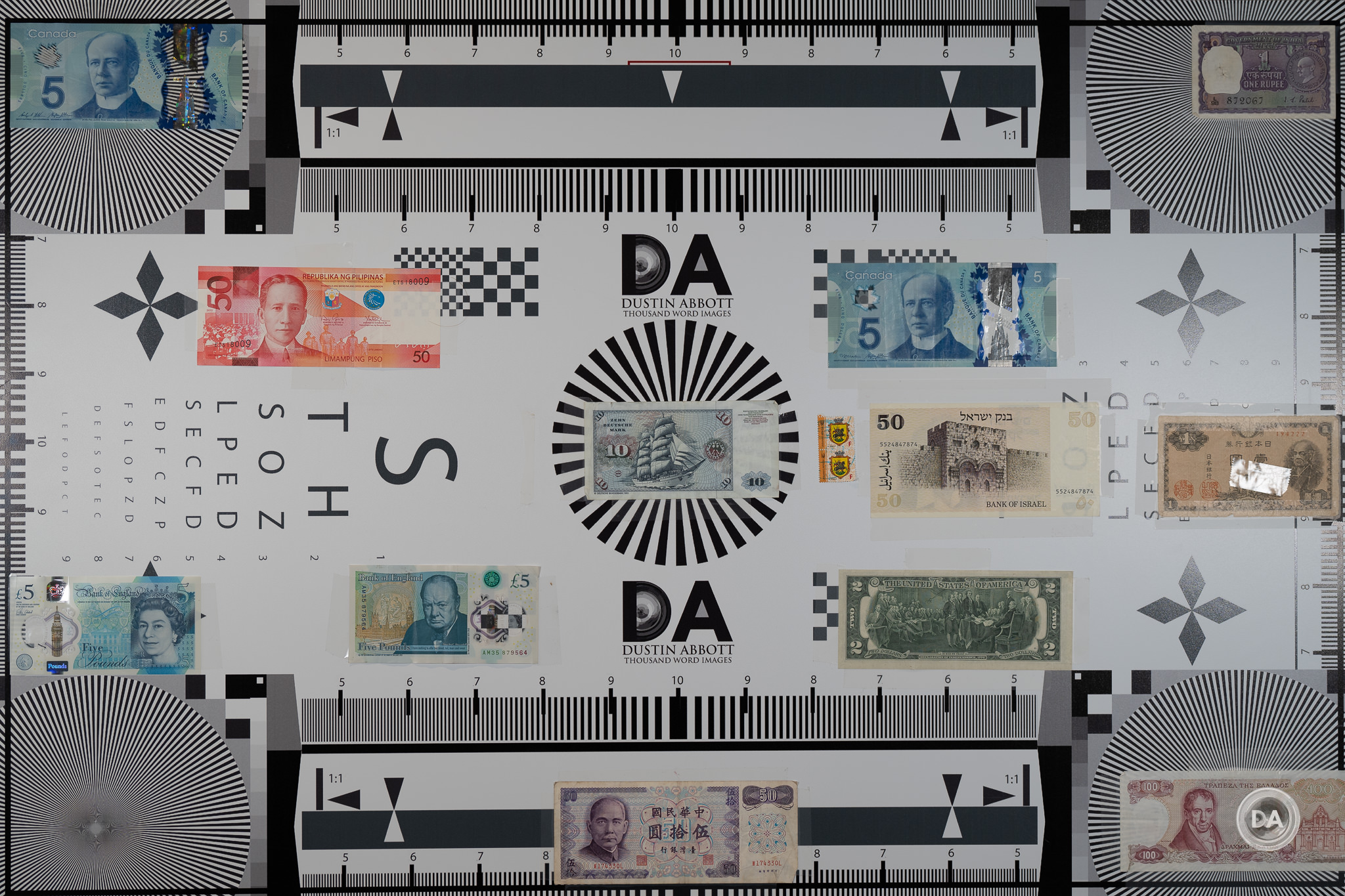





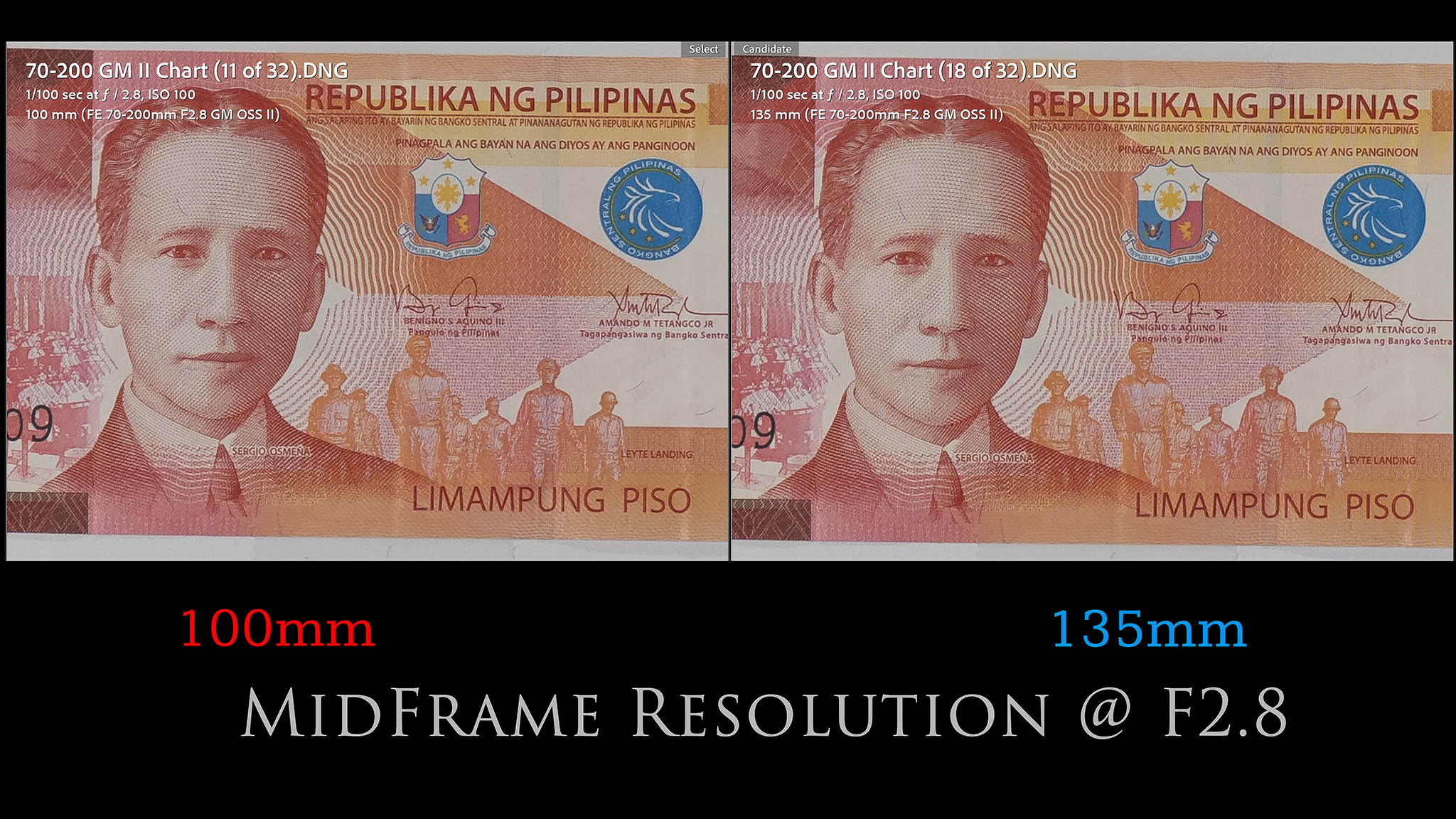

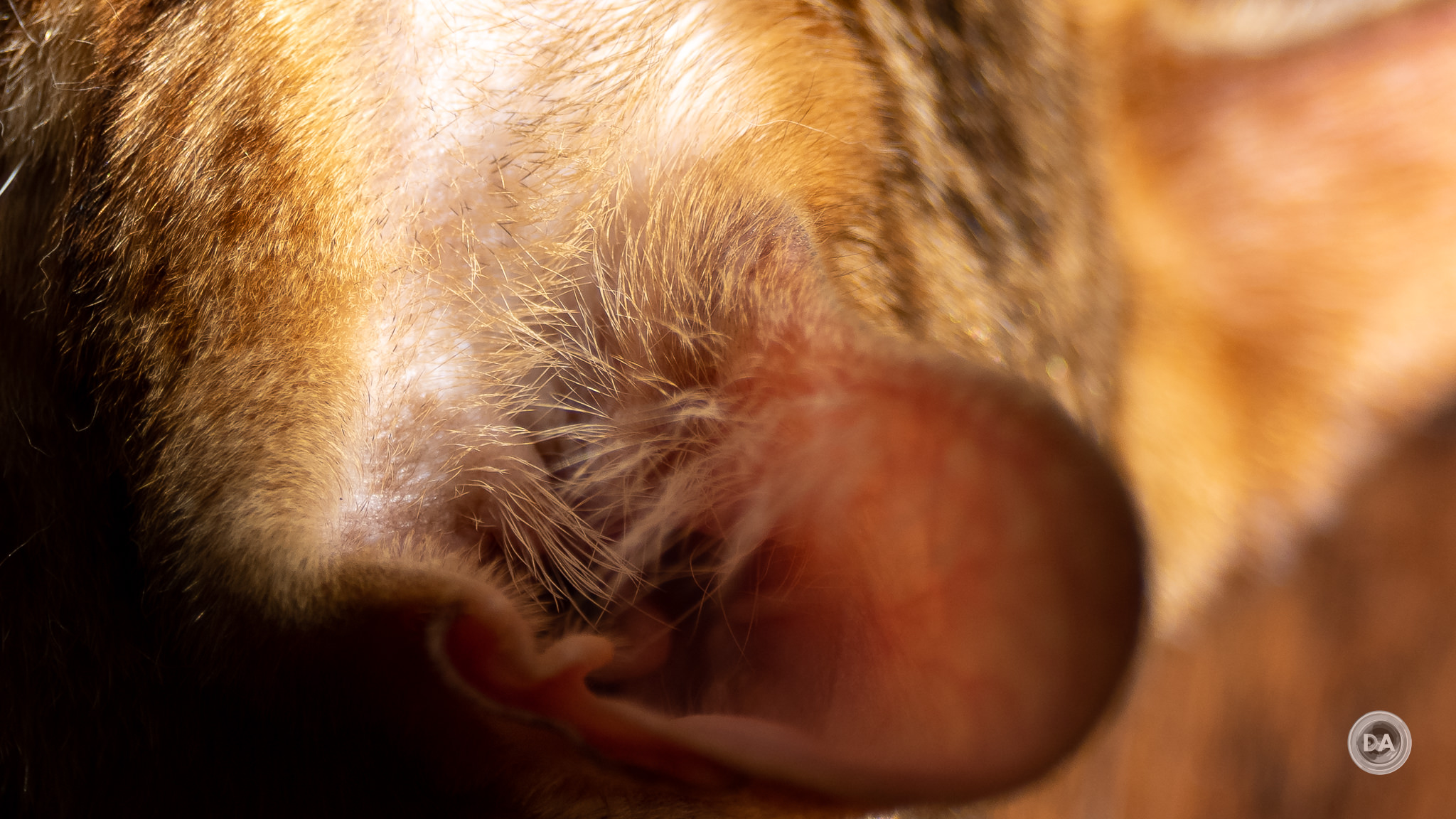
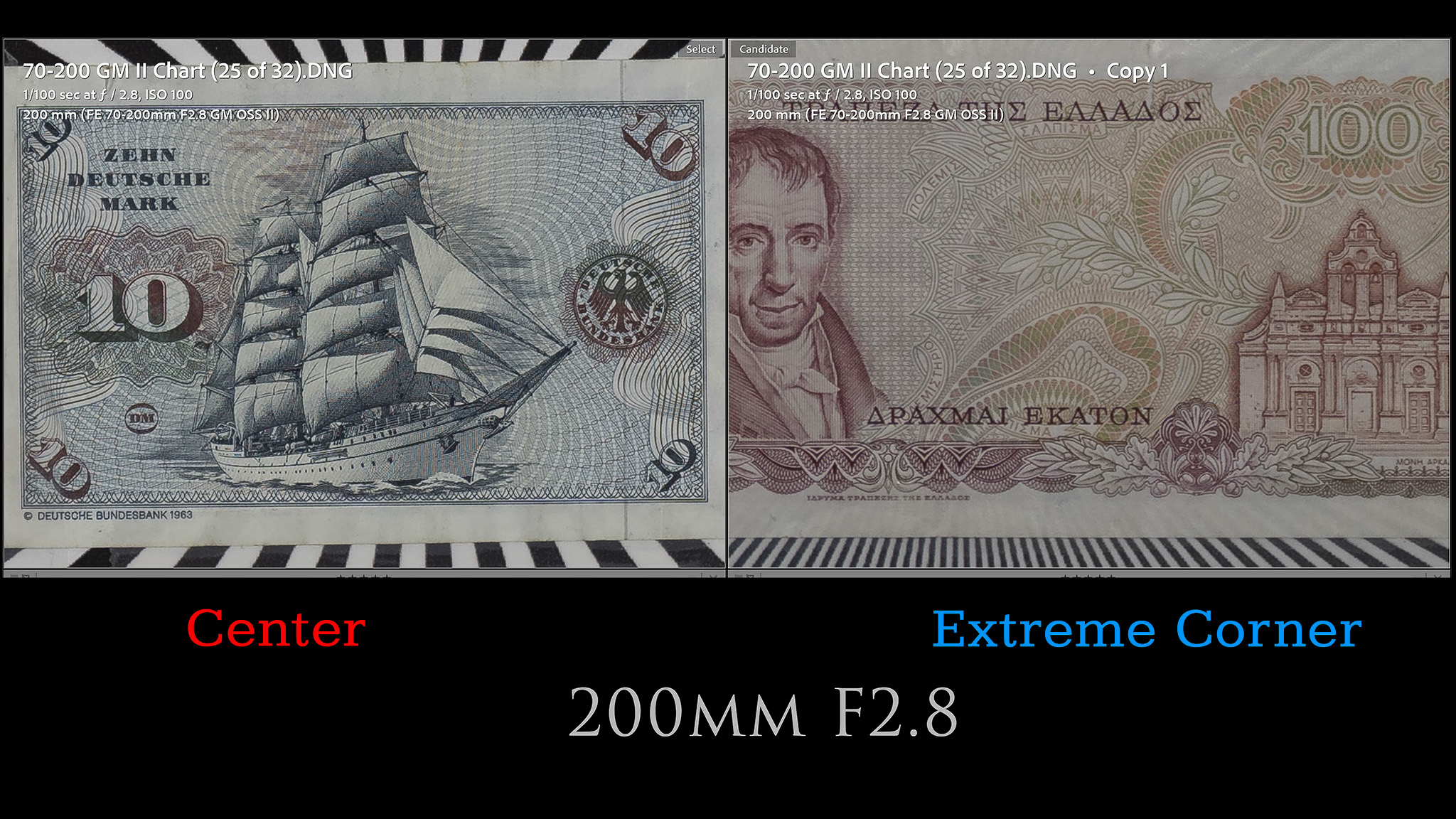







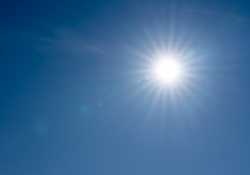

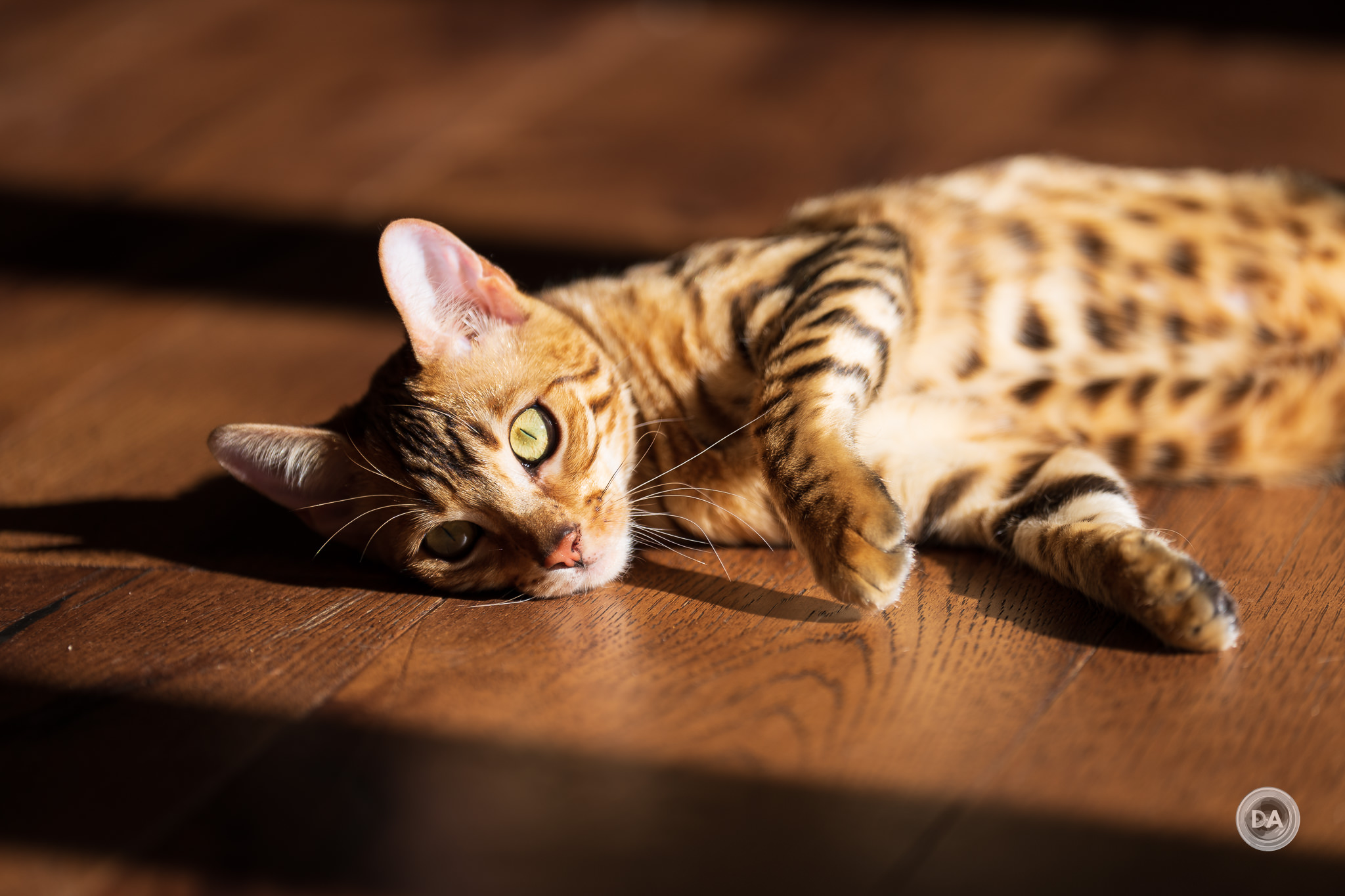







 Sirui Sniper 75mm F1.2 Review
Sirui Sniper 75mm F1.2 Review  Sirui Sniper 75mm F1.2 Gallery
Sirui Sniper 75mm F1.2 Gallery  Tamron 70-300mm F4.5-6.3 RXD Z-mount Review
Tamron 70-300mm F4.5-6.3 RXD Z-mount Review  Nikkor Z 40mm F2 Review
Nikkor Z 40mm F2 Review 






2 thoughts on “Sony FE 70-200mm F2.8 GM OSS II (SEL70200GM2) Review”